16 Most Surprising Facts About Korea
As I research the country, these are the most interesting and surprising facts I’ve gathered—and some beautiful images along the way.
1. The North-South Night Lights Divide
This is the biggest argument in favor of Capitalism vs Communism, but most people misinterpret this picture:
Why do they misinterpret it?
2. Night Lights vs Population Density
Here we can compare population density with night lights:
See how the north has very few lights, but actually a decent-sized population? What’s shocking is that the population in the North vs South has actually been quite stable over history!
Here is that data displayed as a ratio:

If you think about it, it makes sense that the population ratio of each wouldn’t dramatically change over history: Agriculture is a reasonably easy thing to do, where technology improves yields (and hence, more food allows the population to grow), and this technology is somewhat easy to get. Furthermore, crop yields improve slowly. North Korean yields are not much lower than South Korea’s:

So going back to our night lights vs population density map, they are not an indictment of agricultural productivity which translates into population density. No, they simply prove that South Korea has much more light per capita than North Korea. North Korea can’t afford as much lighting. Biggest endorsement of Capitalism ever!
3. South Korea’s Night Lights
In fact, we can learn a ton more about South Korea by looking at the night lights:
Seoul
First, Seoul is a monster. It only occupies 12% of SK’s territory, but with 26 million people, its metropolitan area is the 4th largest in the world and accounts for 50% of the country’s total population! One South Korean in two lives in Seoul.
This concentration is even more obvious on this map:
Meanwhile, the metropolitan population of Pyongyang, North Korea’s capital, is just over 3M. Tiny.
Demilitarized Zone (DMZ)
You can see the border between the Koreas on the night map!
The DMZ has a 2 km buffer on each side of the border, where people can’t go.
The border doesn’t have a wall, because nobody is even supposed to get that far. The walls are on the North and South Korean sides.
Sea Lights
Another weird thing: Do you notice all the lights in the sea?
We can see something similar off the coast of the Falkland Islands:
What are these?
Ships!
More specifically, fishing ships, especially for squid.
Why the lights? They attract animals.
And why there and not somewhere else?
Because these are water upwells! Nutrients fall to the sea bed. Upwells bring them to the surface, which generates phytoplankton and zooplankton, so fish and shellfish concentrate there to eat them. This is also why the coast of Peru is so rich in fish:
Here’s a map of the topography of Korea’s seas (“bathymetry”):
Most of the ships concentrate at the edge of lower and higher seabed.
Population Distribution
You can also notice that the light pattern is completely unlike those of other regions like China, the US, or Europe:
There, light is quite distributed throughout in a fractal way: lots of small towns, a few cities interspersed, and then even fewer metropolises even more spread out.
South Korea is not at all distributed like that. It has several very illuminated areas, with lines of light communicating them. Why?
The pics I took of China, Europe, and the US are from their plains. Without geographic constraints, this is what the human population distribution looks like.
But as we know, Korea is very mountainous. You can see similarities with other mountainous areas like the Alps:
People live wherever there’s a flat area to live! And the lines connecting them are valleys.
4. Korean Population vs Mountains
We can see that even better in population density vs topography maps. As we discussed in the past, eastern Korea is very mountainous.
If we overlay this topography map with population density, this happens:
If you zoom in, you’ll see that every nook and cranny of somewhat flat land is populated, including the narrow valleys that connect bigger plains!
This reminds me of Italy:
5. Land Use
This is why South Korean land is used the way it is:
Mountains are very hard to cultivate, which means there is lots of forest. Agricultural land is mostly concentrated in the western coastal areas—so much so that no grassland remains. And just as agriculture took over grasslands and plain forests, urbanization is taking over agricultural land.
6. The vote in South Korea is split east-west

Why?
One of the most common political divides is that cities tend to be much more progressive and rural areas more conservative, as we explained in this article. It makes sense: In rural areas, population density is much lower, so people resolve their conflicts amongst themselves, and they see little impact from governmental actions. And since there’s not a lot of people movement or economic activity, new problems won’t quickly emerge, so tradition is a good proxy for the set of rules you should follow. People vote for smaller governments and more conservative parties. Conversely, in cities people cross paths with strangers all the time, so the state often needs to intervene in social conflicts, and its footprint is therefore everywhere, and people vote for more progressive parties that want a bigger administration.
Since the east of Korea is much more mountainous, it’s much less densely populated, and hence leans more conservative.
7. Why is eastern Korea much more mountainous than the west?
Japan is formed by the boundary between the Pacific, Philippine, and Euriasian plates.
This elevated the eastern part against the seabed.
Meanwhile, the Yellow Sea to the west is much shallower so the massive amount of rain that falls on the region from the Pacific influence carries sediments downhill, gaining land on the Yellow Sea through sediment accumulation over tens of millions of years, creating the North China Plain, the Manchurian Plain, and the western plains of Korea.
You can see this sedimentation here at the mouth of the Yellow River:
And more broadly throughout the Yellow Sea:
And this is why the west has more plains and population:

8. The North-South Divide Reflects the Flag
As we saw the other day:
9. The Koreas are about the same size as the UK

10. China has no opening to the Sea of Japan
Russia and North Korea have a common border, which means China doesn’t get access to the Sea of Japan. This is a remnant of the USSR invasion of Japan-controlled China and Korea in 1945. The USSR split that corridor between itself and North Korea.
11. A Korean king created a new script!
The Korean script (Hangul) is unique in many ways.
First, it’s one of very few scripts with a known origin & creator! And that creator was none less than a king! If you think about it, that makes sense. There are plenty of people who create new scripts, but nobody uses them, because it’s so damn hard to learn a new alphabet, so they don’t convince anybody to learn it. You require coercion for people to learn a new one. So you need a unique situation for a country to adopt a new script. You need:
A ruler who is intelligent enough to see the need for a new script and interested enough in the topic to push for it
They must be strong enough to impose their will on the population
They must stay in power for long enough to make it happen
This lucky bundle of circumstances took place in Korea, and that’s why they have a great script. Why?
Like for most of its cultural influences, Koreans used Chinese script to write. But the writing is disconnected from the speech, so a person who knew how to speak Korean could not write it easily. As a result, only elites wrote in Korea. Sejong the Great, the 4th Joseon king, decided to change this in 1443: Make Korean readable by all, including commoners.
“A smart man can learn it before lunch, and a fool can learn it in ten days.” – King Sejong
If you doubt that this was indeed the goal of the script, it was first published in a document called the Hunminjeongeum: The Proper Sounds for the Education of the People:
[Since] the spoken language of this country is different from that of China, it does not flow well with [Chinese] characters. Therefore, even if the ignorant want to communicate, many of them in the end cannot state their concerns. Saddened by this, I have [had] 28 letters newly made. It is my wish that all the people may easily learn these letters and that [they] be convenient for daily use.—Hunminjeongeum Haerye
How did he achieve that? By creating skeuomorphic letters! The shape of the letters reflects the shape of the mouth when making their corresponding sound:
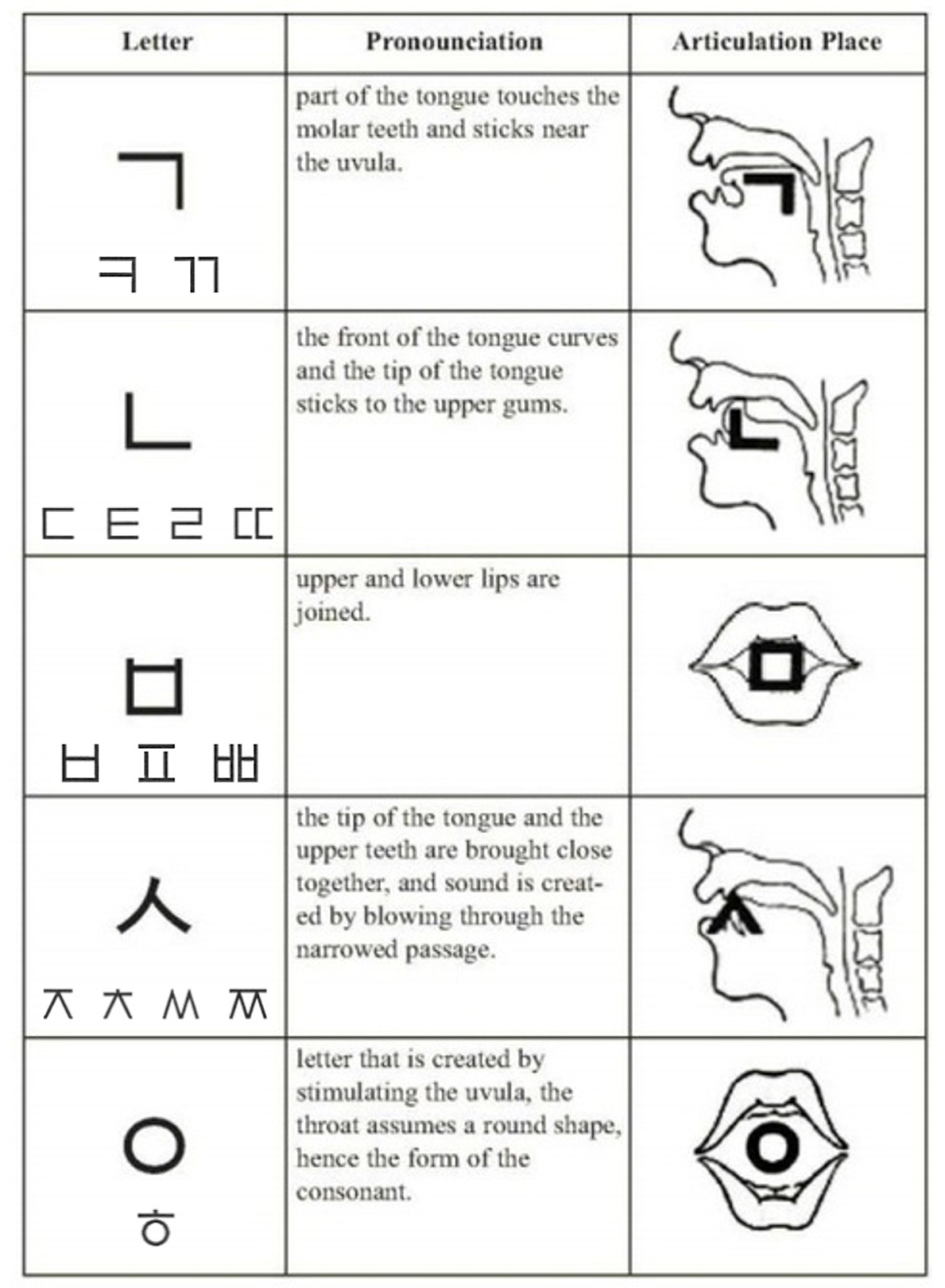
That way, by looking at a letter, you can guess the sound.
The script would then combine the letters of syllables, reminiscent of Chinese script. Here’s the same sentence translated by Google Translate into Korean and Chinese:
Who stood to lose? The elites, of course. So they pushed back against the adoption of the new script, but failed. The script was adopted by people.
Only when the king stood to lose did the script get banned. This happened in 1504, when the king (Yeonsangun) was criticized in writing—using the more accessible Hangul, of course. In the late 1800s, the government pushed for its adoption by teaching it in schools. During the Japanese occupation between 1910 and 1945, its use was first limited and then banned, but it was revived in North and South Korea after liberation.
12. North Korean architecture is wild
The Ryugyong Hotel in North Korea’s capital, Pyongyang, is the tallest building in all the country, but it’s empty! It was never finished.
It’s a hollow pyramid. Surrounded by eerie, pastel-colored residential buildings:
Nearly all the urban photos you can find on the Internet are devoid of traffic, human or automobile. No advertisements, billboards, coffee shops. Everything is deserted, massive concrete. Eerie.
The Science and Technology Complex has the shape of an atom from above.
Here’s a side pic:
This is the zoo:
Of course, a lot of the architecture is dedicated to the triumph of Communism
And the triumph of Korea’s leaders:
Here from the back:
13. South Korea is not a perfect democracy, either
Out of the 13 heads of state since WW2, 12 have experienced a tumultuous end:
14. South Koreans are richer than the Japanese
And the Spaniards, Italians, Israelis, and even the French.1
It’s even more impressive given that, after WW2, it was as poor as countries like India, China, and Afghanistan, and even poorer than countries like Ghana!
15. South Korea has THE world’s lowest fertility rate
At 0.86 children per woman, it’s the lowest in the world.2
There was a small uptick in 2024, but it’s unclear if this trend will continue. It depends on the underlying reason for this low fertility. I’ll write a full article on it, but in the meantime, here’s one clue:
16. Probably connected: South Korea’s gender relations are some of the most fraught
Across the developed world, women have moved to the left. But in South Korea, we also find that men have moved to the right, resulting in perhaps the biggest ideological gap in the developed world.
We’ll explore much more of that in the upcoming article on South Korea’s gender relations and fertility rate!
On a PPP basis (purchasing power parity)
Excluding Hong Kong


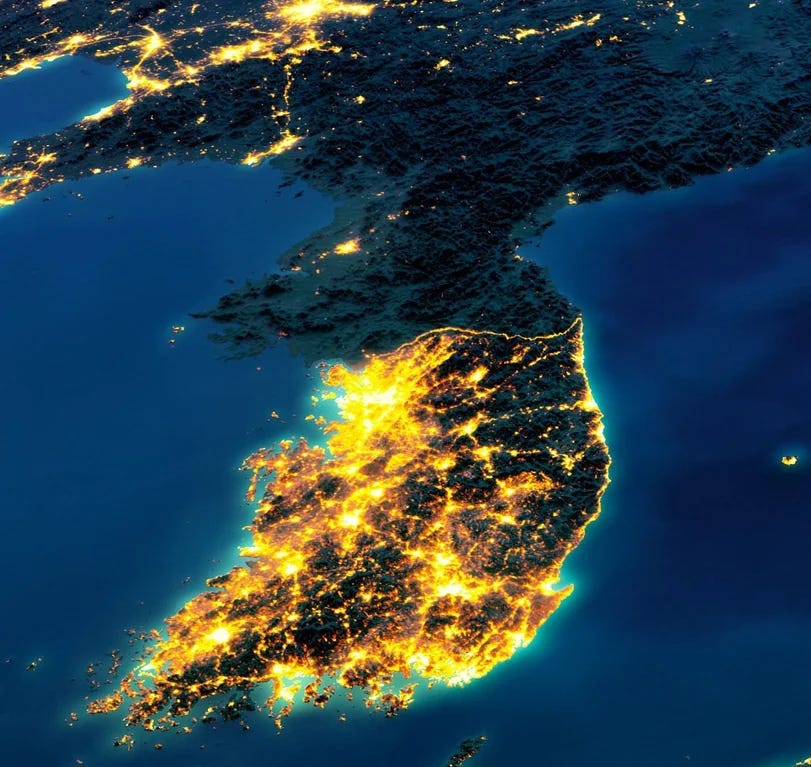



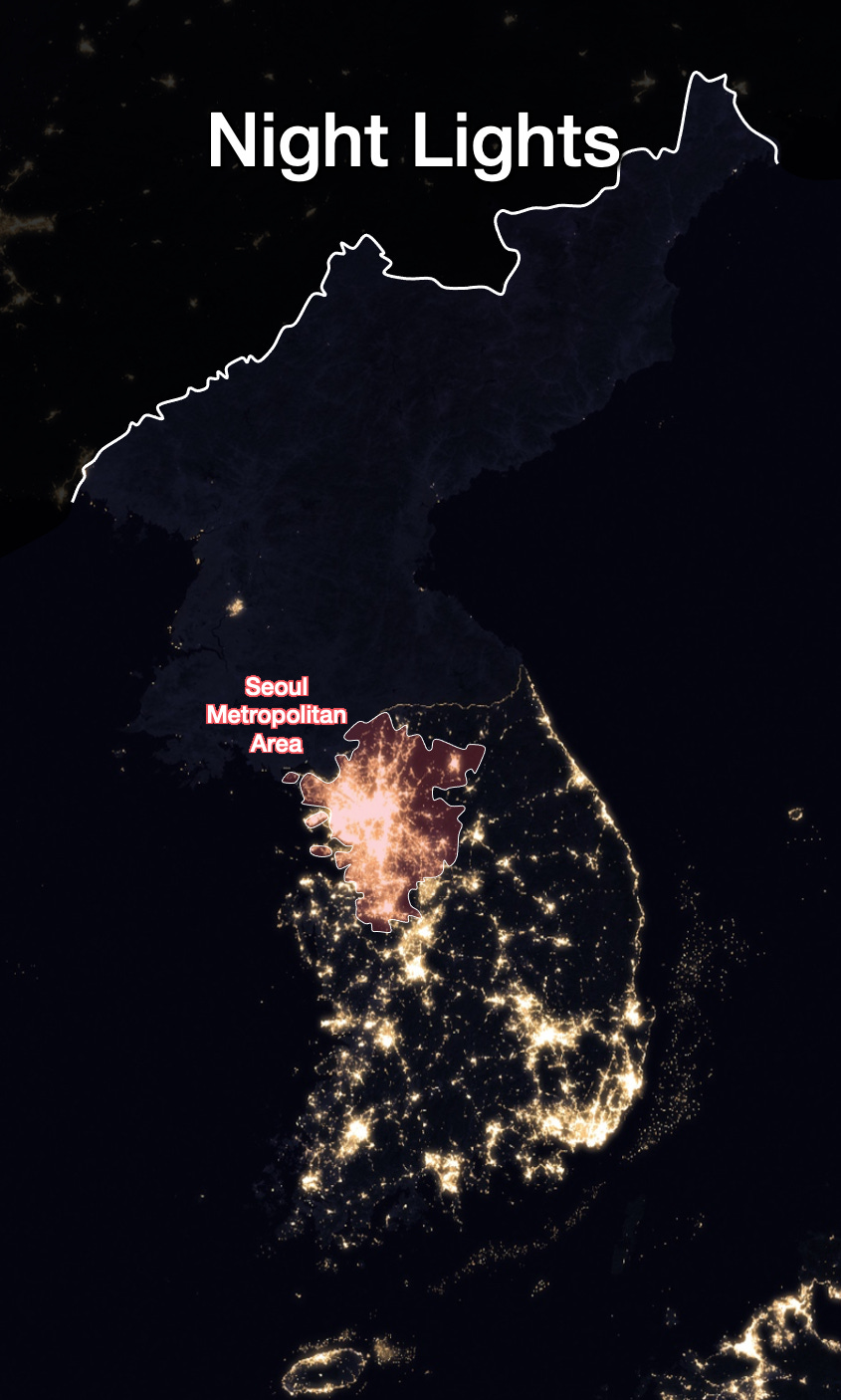













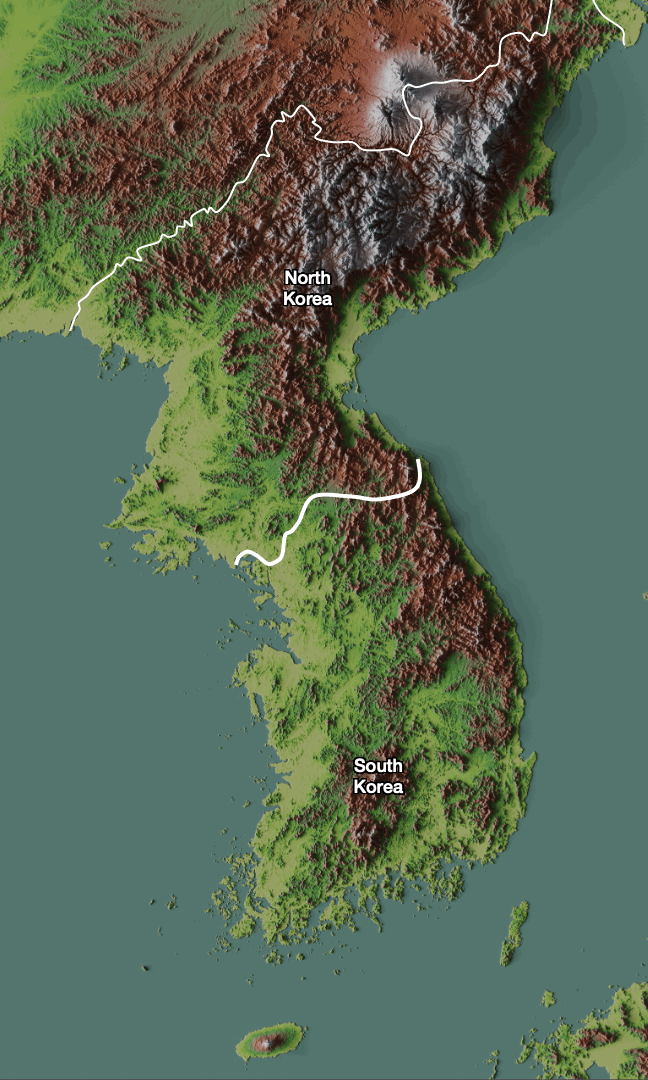









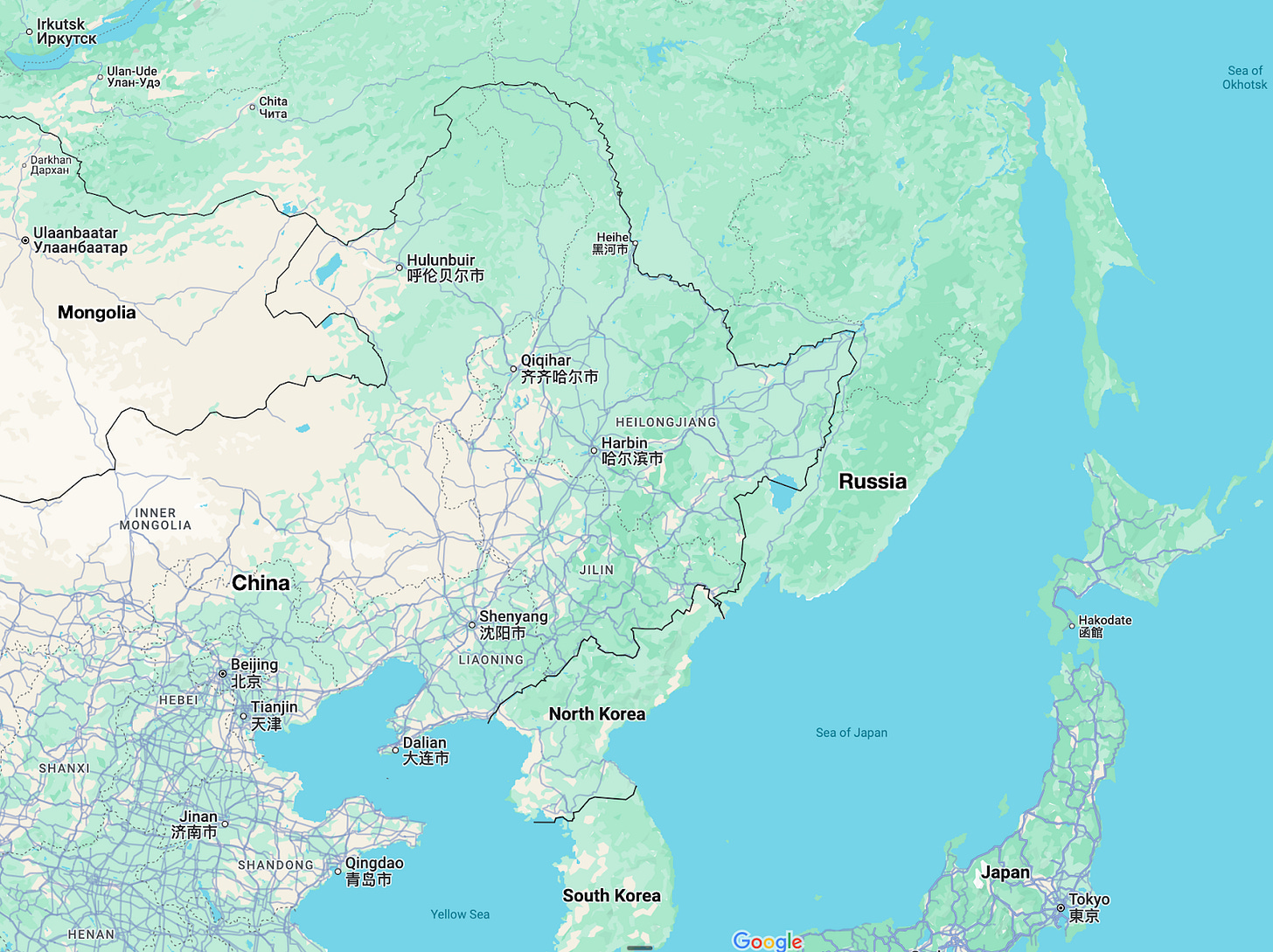

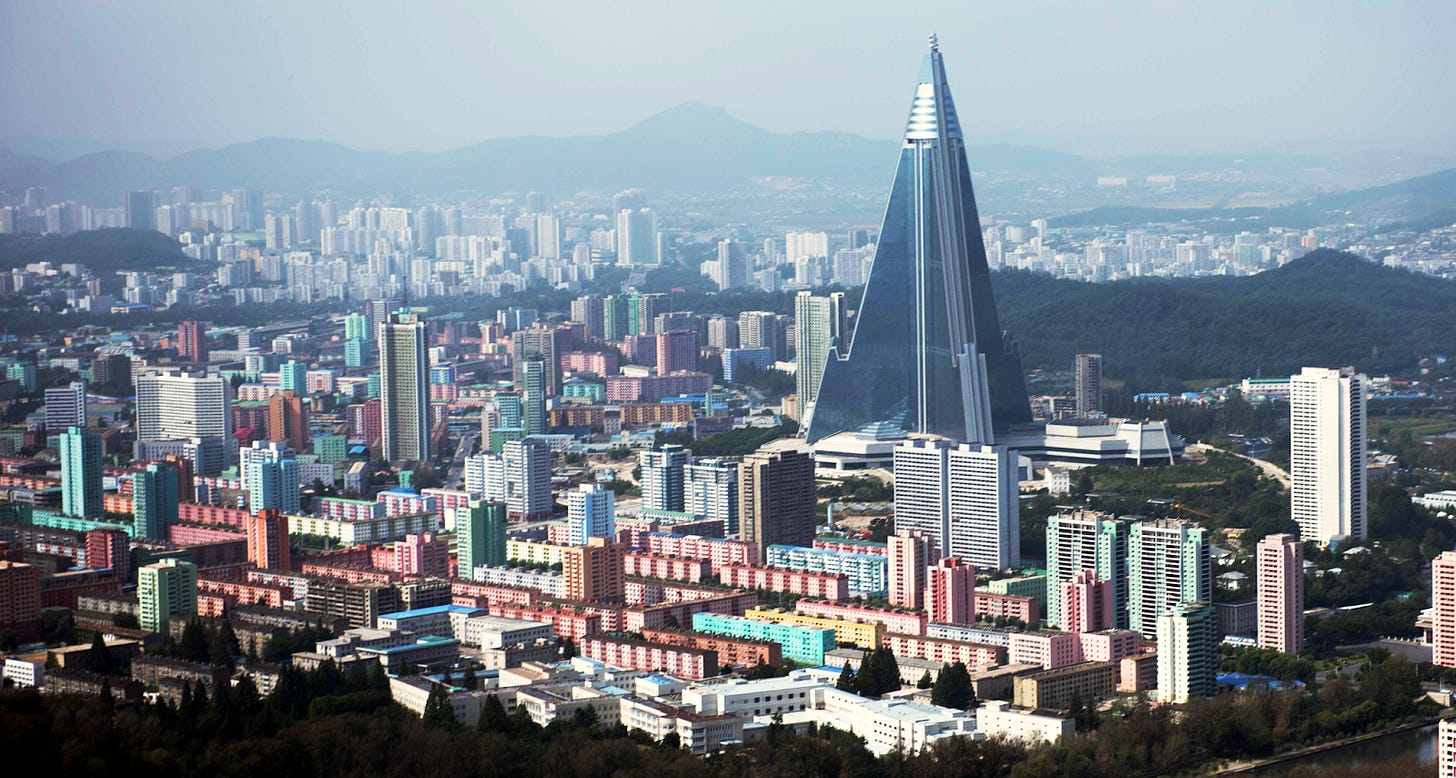




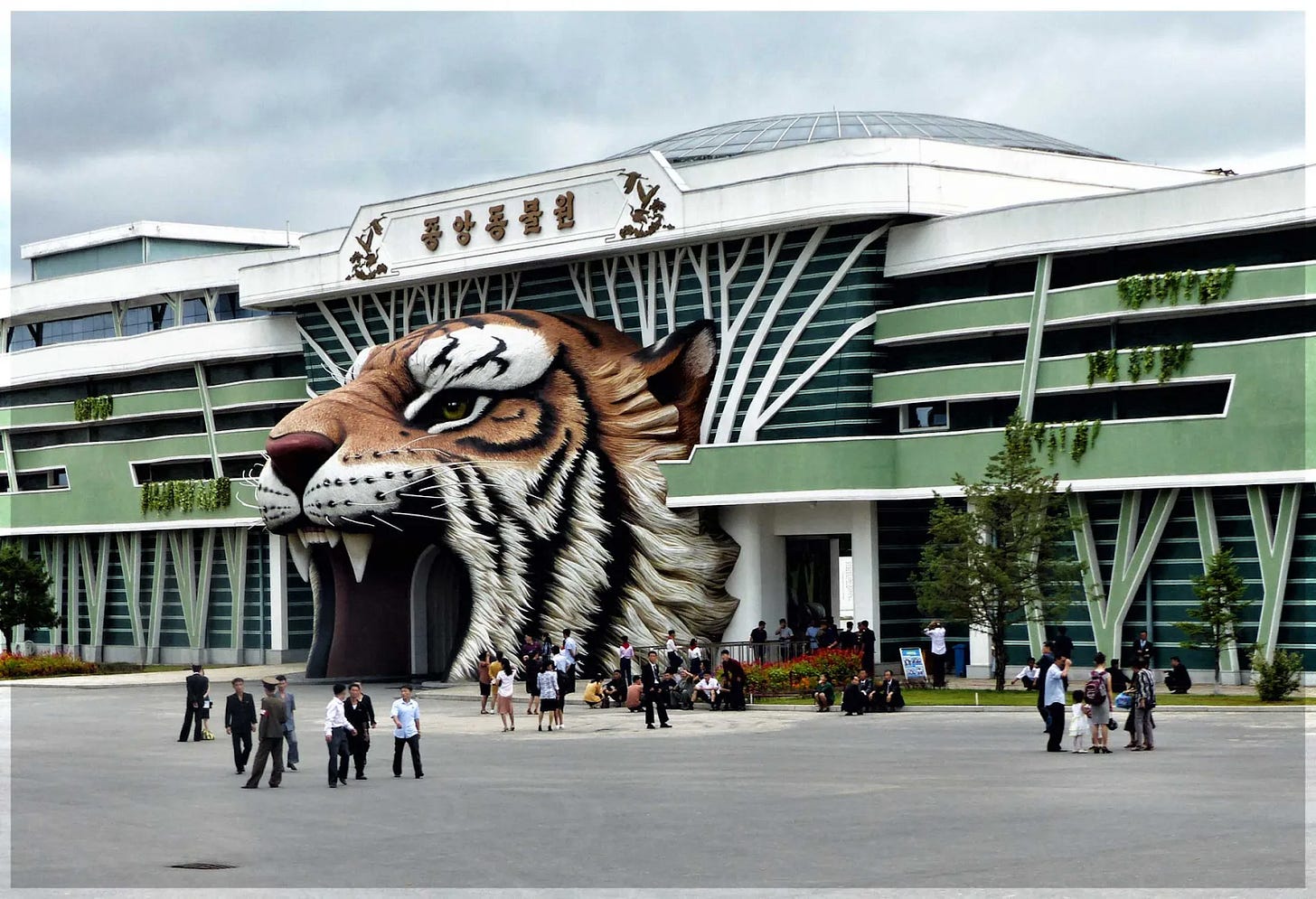







This is very insightful (and beautiful at the same time) - fantastic work!
Great work ... can't wait to see the next release!